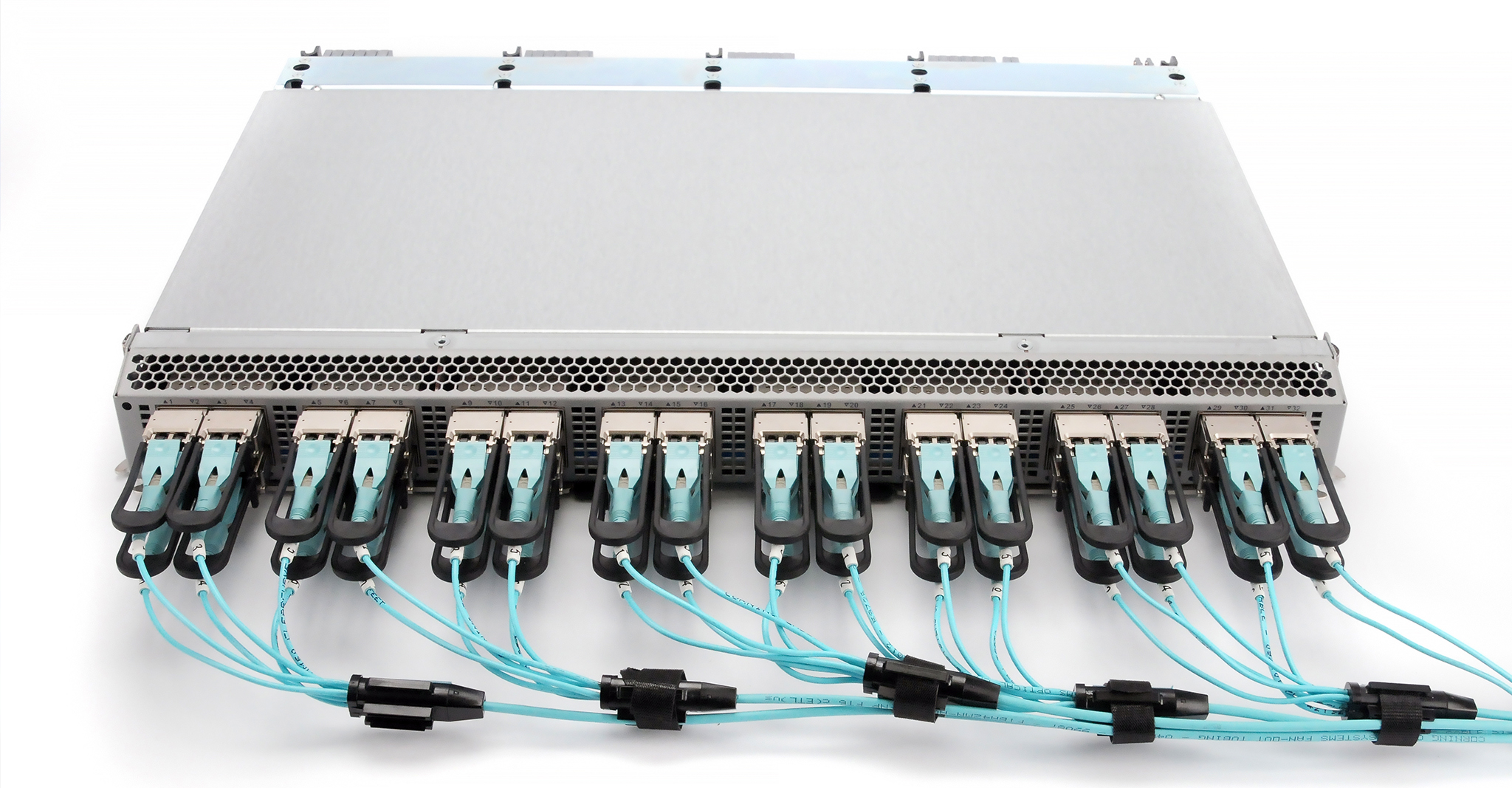With the continued expansion and growth in the data center, a well-planned cabling infrastructure is critical for both present and future success. The fundamental concerns that a cabling infrastructure must address are reliability, manageability, scalability and flexibility. A structured cabling system provides a flexible cabling plan to address the commonly performed tasks of moving, adding, or changing the infrastructure as the network grows. A well-planned optical cable infrastructure will typically be utilized for more than 20 years and will have to be operational through several iterations of system equipment solutions and multiple generations of protocol data-rate increases.
Today’s data center cabling infrastructure must be designed to offer a competitive advantage and a lower cost of ownership immediately. As a result, the evolution path to higher speeds such as 40G and 100G data rates, as well as next-generation applications such as cloud computing and virtualization, must be ensured early in the data center cabling infrastructure design and planning process.




